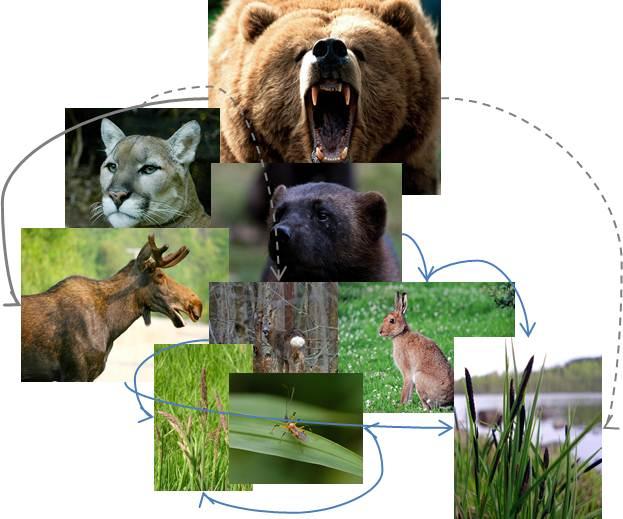Reintroducing captive bred species – the effects on ecological communities
This study is the first of its kind to study the effects on a ecological community when reintroducing a captive bred species.
Through history species has disappeared from their natural ranges due to anthropogenic activities, but for the last 100 years conservationists have reintroduced species to their historical natural habitat in an effort to “undo” the damages caused by mankind. With todays increasing extinction rates there is a growing need to preserve species ex situ. Today there is room for some 500 species in zoos around the globe, however it has been calculated that approximately 2000-3000 terrestrial vertebrate species alone is in need of captive breeding in the future.
The IUCN (1998) defines a reintroduction as; “An attempt to establish a species in an area which was once part of its historical range, but from which it has been extirpated or become extinct”. The loss of a single species can affect and change the structure of an entire ecosystem and its processes.
Zoo’s that originally was created as an amusement park for people has today gotten a new purpose, to keep and breed species in captivity for later reintroductions in the wild. However a relaxed environment such as a zoo leads to a general fitness decline up to 40% per generation in captivity. A reintroduction of a species that is bred in a zoo will lead to a decreased reintroduction success the longer time it is kept in captivity. The reintroduction of a captive bred species can also cause secondary extinctions and other negative effects on the food-web.
The focus of this study is how the change in a species (at three different trophic levels; basal, intermediate and top predator species) due to captivity and the change in a food-web affects reintroduction success of a species. Further also what risks there is in reintroducing a species to a food-web.

Responsible for this page:
Director of undergraduate studies Biology
Last updated:
05/26/11
